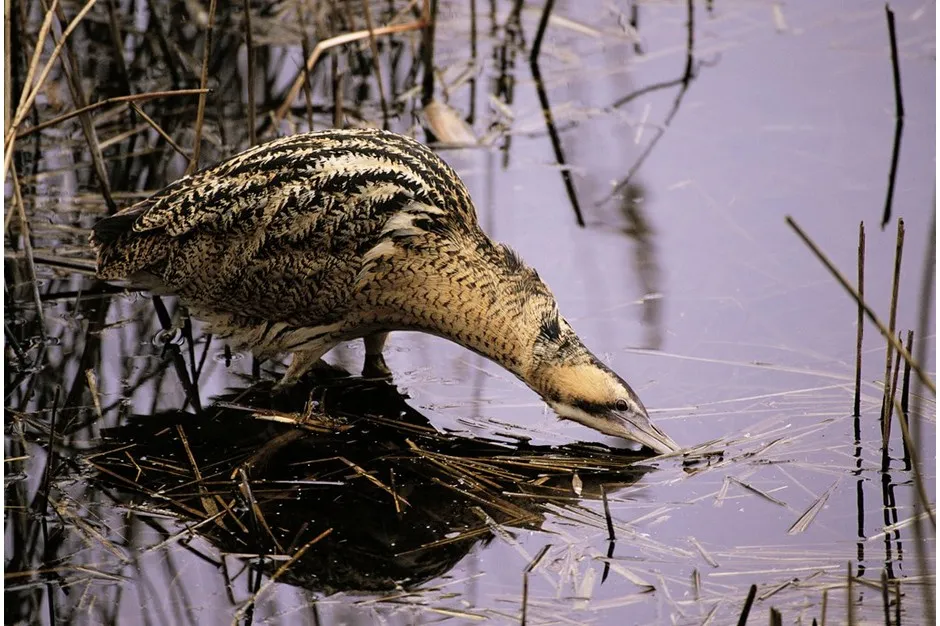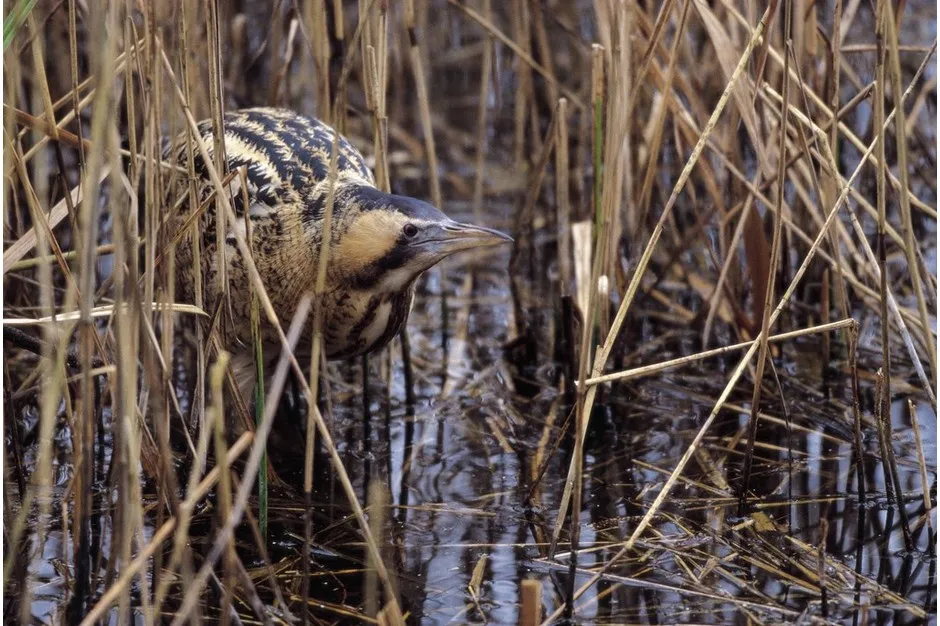Just 20 years ago, one of Britain’s most charismatic birds was facing extinction with only 11 males left in the country. But this year has proved to be a bumper year for Britain’s loudest bird: 198 males have been recorded across 89 sites, compared with 188 across 82 sites in 2018, making 2019 the best year yet for bittern numbers.
The bittern — a type of heron — is extremely elusive and notoriously difficult to see in the wild, spending most of its time hiding amid dense reeds where they are well camouflaged. In order to record their numbers, scientists found the most effective way to count them was by listening for the distinctive booming call of the males.
The males use these loud calls in order to establish their territory and attract mates — it also gives them the title of Britain’s loudest bird.

In the 1870s, this enigmatic bird had completely disappeared from Britain’s shores, recolonising again in the early part of the 20th century. But by 1997, their numbers had dramatically declined.
Thankfully, conservation efforts have halted their demise, and since 2006 their numbers have been on the increase.
Targeted habitat restoration and the creation of legally protected Special Protection Areas (SPAs) have given the bitterns the help they needed to make a comeback, along with financial support from EU funding.
But in spite of the birds’ success this year, there is still concern for the future of the species. SPAs have been able to provide a much-needed protected habitat for the birds, but to date the number of SPAs has not increased in 20 years, in spite of the need for more to accommodate the growing number of birds and plans to designate more legally protected areas.

In 1990, a massive 90 per cent of bitterns were recorded nesting on SPAs, compared with just 23 per cent this year. This means that more nests have been left vulnerable to damage. And without further funding to create and manage adequate habitat, the bitterns might still face an uncertain future, as Conservation Director Martin Harper explains:
“The recovery of the bittern is a great success story. It highlights the importance of nature reserves and protected areas in providing this species a lifeline.
“Equally, we know that dedicated funding from the EU has been instrumental in driving positive action.
“Rhetorical commitments to restore nature in a generation must be backed up with legal targets and adequate resources. That is why it is essential that governments across the UK pass new environment laws to drive nature’s recovery and replace the funding that will be lost if and when the UK leaves the European Union.”
